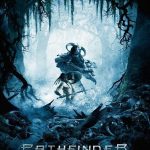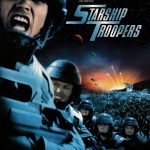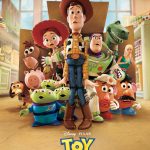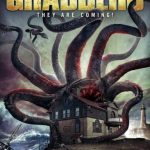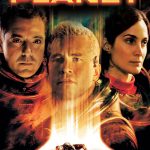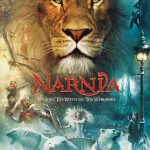Van Helsing (2004)
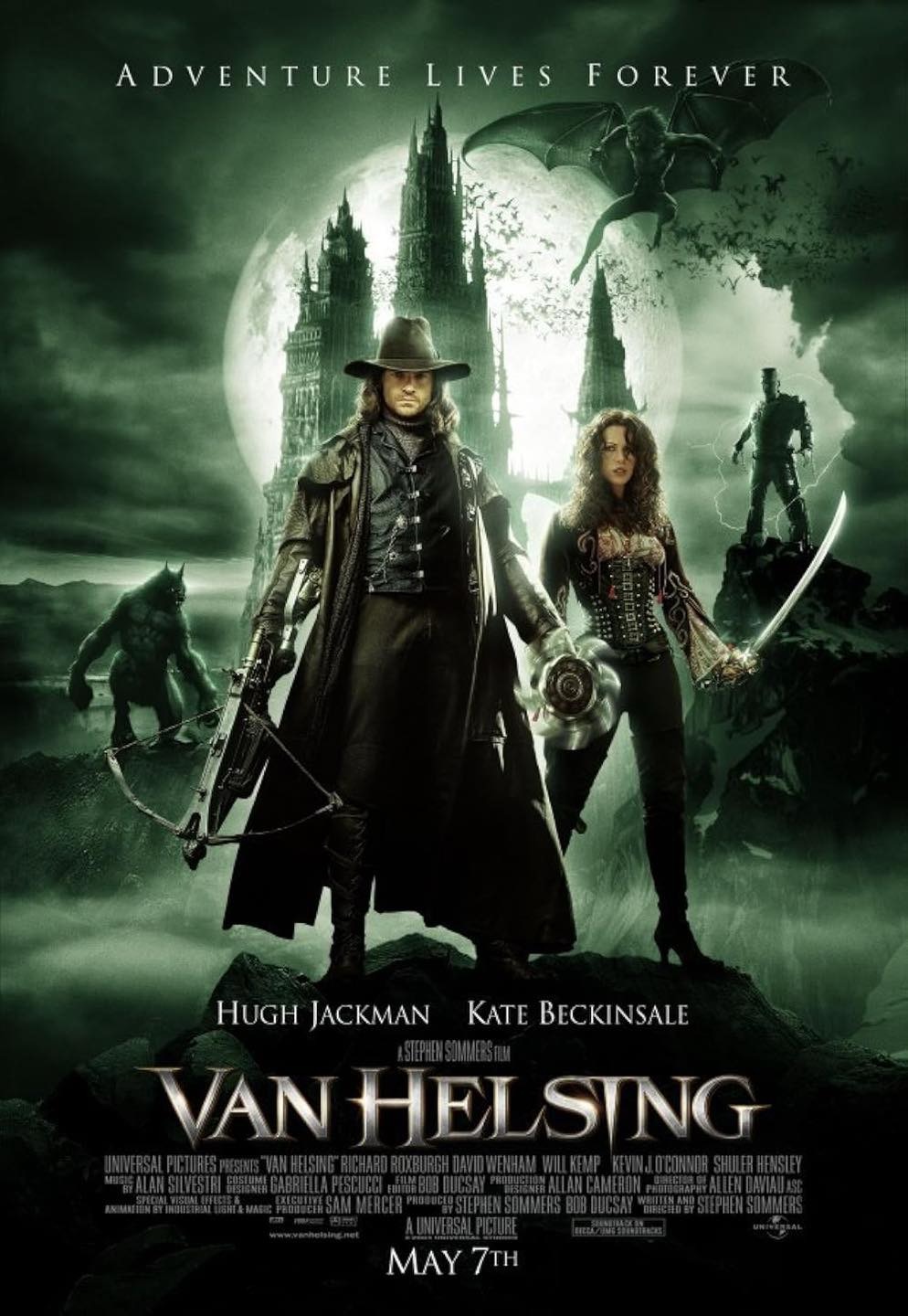
Van Helsing (2004), directed by Stephen Sommers, is a fast-paced, effects-heavy action-adventure that reimagines the classic monster-hunting character from Bram Stoker’s Dracula. Starring Hugh Jackman as the titular hero and Kate Beckinsale as his ally, Anna Valerious, the film throws viewers into a gothic, supernatural world filled with vampires, werewolves, and other iconic monsters from Universal’s classic horror lineup.
Plot Overview:
The movie follows Gabriel Van Helsing (Hugh Jackman), a monster hunter working for the Vatican, as he is sent to Transylvania to stop Count Dracula (Richard Roxburgh), who is trying to unleash an army of undead. Alongside Anna Valerious (Kate Beckinsale), whose family has been cursed by Dracula for generations, Van Helsing faces off against Dracula’s brides, a werewolf, and even Frankenstein’s monster.
While the plot attempts to weave together these iconic creatures into an epic battle of good versus evil, it often feels overstuffed. The narrative can be convoluted, with the film jumping rapidly between action scenes and monster showdowns without giving enough time to develop its characters or lore. However, the premise of uniting so many famous monsters under one film is an ambitious and entertaining concept, even if it lacks depth.
Performances:
Hugh Jackman, fresh off his X-Men fame, delivers a charismatic and physically imposing performance as Van Helsing, embodying the action hero archetype with ease. However, the character lacks complexity, as his backstory and motivations remain mostly underdeveloped, reducing him to more of a monster-slaying figurehead rather than a fully realized character.
Kate Beckinsale’s Anna is similarly underwritten. While she brings energy and a sense of determination to the role, her character feels more like a sidekick than a fully independent hero. Her chemistry with Jackman is serviceable but never quite compelling enough to elevate the film’s emotional stakes.
Richard Roxburgh’s portrayal of Dracula is theatrical and over-the-top, which fits the film’s heightened, campy tone but doesn’t offer much in terms of genuine menace. His Dracula is more of a flamboyant villain than a truly terrifying presence, which detracts from the tension in the story. Other supporting characters, such as David Wenham’s comic-relief friar, Carl, add humor to the film but contribute little to the overall narrative.
Visual Effects and Action:
Visually, Van Helsing is a spectacle. The film is packed with CGI creatures, elaborate set designs, and frenetic action sequences. The gothic architecture, dark forests, and misty landscapes evoke a classic horror aesthetic, but the excessive use of CGI, especially for the werewolves and Dracula’s brides, often feels artificial and dated. The monsters themselves, while fun to watch, come across as more cartoonish than fearsome due to the overuse of digital effects.
The action is non-stop, with high-energy fight scenes that blend swordplay, gunfights, and acrobatics. However, the sheer volume of action can feel overwhelming at times, and the film’s reliance on CGI-heavy battles lessens the impact of some of the more traditional horror elements. The film often prioritizes spectacle over tension, which can result in action sequences that feel repetitive by the end.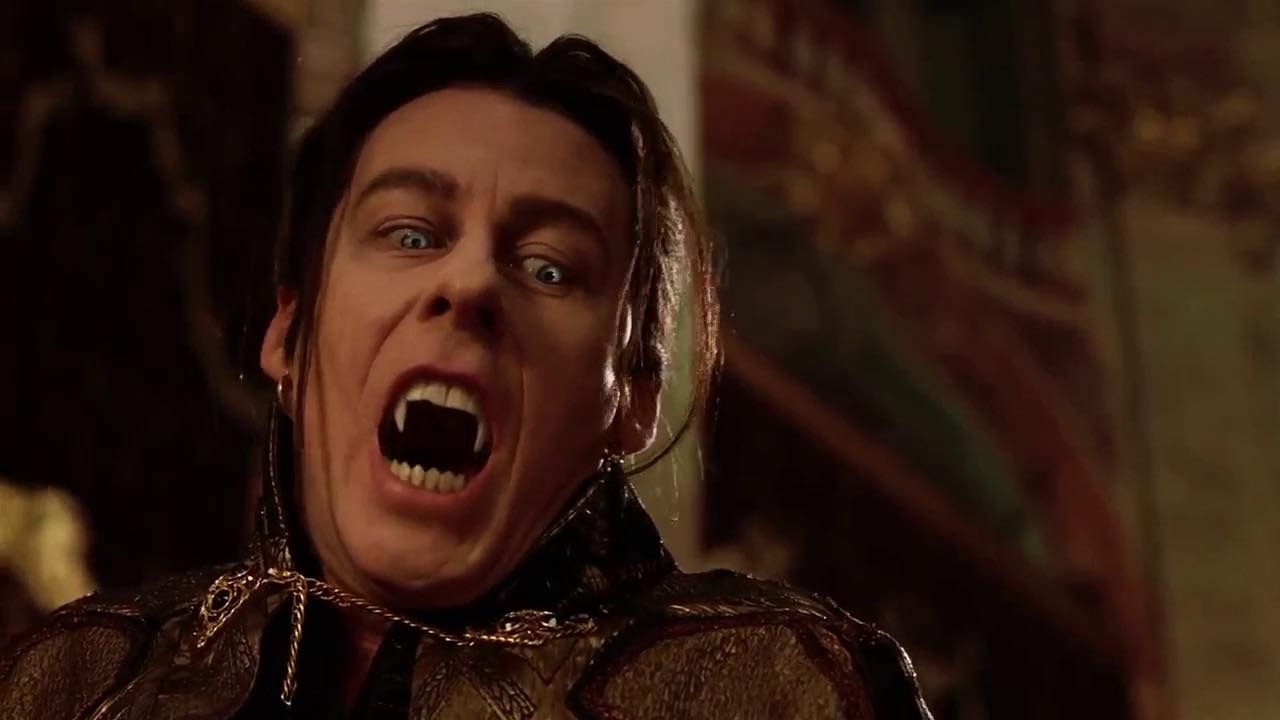
Tone and Style:
Van Helsing is a film that doesn’t take itself too seriously, leaning into a campy, pulpy tone that embraces its over-the-top nature. It combines elements of classic horror with modern blockbuster action, creating a hybrid that is fun in a superficial sense but lacks the depth and atmosphere of more traditional horror films. The film’s tone is closer to a superhero movie than a gothic horror, with Van Helsing portrayed as an almost invincible hero.
However, this shift in tone can be jarring, especially for fans of the original Universal Monsters. Where the classic films thrived on suspense and atmosphere, Van Helsing prioritizes fast-paced action, often at the expense of character development and emotional engagement.
Criticism:
The film’s biggest flaw is its lack of a coherent or meaningful story. While it’s entertaining as a popcorn movie, the plot feels haphazard, and the characters lack emotional depth. The film crams in so many iconic monsters and action set pieces that it forgets to flesh out its world or explore its darker, more gothic potential. This leaves Van Helsing feeling more like a theme park ride than a fully realized story.
Additionally, the film’s reliance on CGI, which was state-of-the-art in 2004, now looks dated, making some of the action scenes feel less immersive.
Conclusion:
Van Helsing (2004) is a fun, visually extravagant action-adventure that appeals more to fans of big-budget blockbusters than classic horror enthusiasts. Hugh Jackman delivers a solid performance, and the film’s high-energy action and gothic aesthetic can be entertaining in a guilty-pleasure way. However, the film’s over-reliance on CGI, underdeveloped characters, and convoluted plot prevent it from being more than a shallow, albeit entertaining, romp through the world of monsters. Fans of monster movies may enjoy seeing their favorite creatures in action, but the film ultimately lacks the heart and substance to be a true modern classic.

